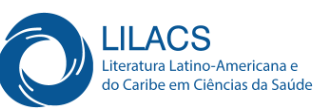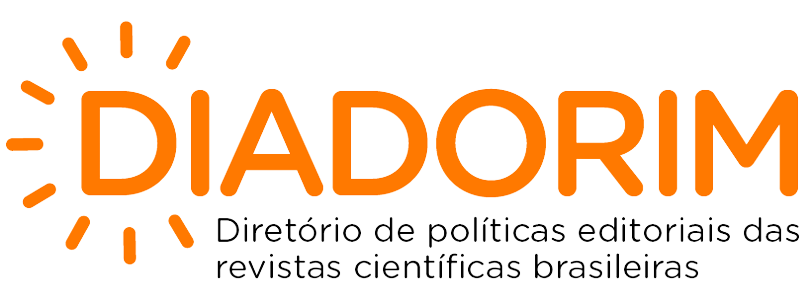Psychotherapist and the choice of stuff in the process of ludodianostic
DOI:
https://doi.org/10.5433/2236-6407.2012v3n2p233Keywords:
plays and toys, diagnostic, psychoanalysisAbstract
The article presents a bibliographic study about the aspects to be observed in the choice of the toy and the act of play in the ludodiagnostic process, for that, it was used mainly, theorical contributions of A. Freud, M. Klein and D. W. Winnicott. It was discussed the role of the psychotherapist, the therapeutic setting, and the meaning of the toy and playing it. That shows that the psychotherapist have an fundamental role in the choice of the material and the ambience in the ludodiagnostic process and it's an right attitude of the professional if he considers the variables of the ambience, adapts the toys and the play into the cognitive capacity of the children and simultaneously respects the process of maturation and allows the free expression.Downloads
References
Ferro, A. (1995). A técnica da psicanálise infantil: A criança e o analista da relação emocional (Justum, M., trad). Rio de Janeiro: Imago.
Lebovici, S. & Diatkline, R. (1998). O significado e função do brinquedo na criança. Porto Alegre: Artes Médicas Sul Ltda.
Ocampo, M. L. S. (1999). O processo psicodiagnóstico e as técnicas projetivas. São Paulo: Martins Fontes.
Pickard, P.M. (1975). A criança aprende brincando (Gerte, N., trad.). São Paulo: IBRASA. Severino, A. J. C. (2007). Metodologia do trabalho científico. 23ª edição. São Paulo: Cortez.
Trinca, W. et al. (1984). Diagnóstico psicológico: A prática clínica. 3ª edição. São Paulo: EPU.
Winnicott, D. W. (1975). O brincar e a realidade. Rio de Janeiro: Imago.
Zimerman, D. E. (2008). Manual de técnica psicanalítica, uma re-visão. São Paulo: Artmed.
Downloads
Published
How to Cite
Issue
Section
License
Copyright (c) 2012 Estudos Interdisciplinares em Psicologia

This work is licensed under a Creative Commons Attribution 4.0 International License.
The Copyright of the published manuscripts belongs to the Journal. Since they are published in an open access Journal, they are freely available, for private use or for use for educational and non-commercial purposes.
The Journal has the right to make, in the original document, changes regarding linguistic norms, orthography, and grammar, with the purpose of ensuring the standard norms of the language and the credibility of the Journal. It will, however, respect the writing style of the authors.
When necessary, conceptual changes, corrections, or suggestions will be forwarded to the authors. In such cases, the manuscript shall be subjected to a new evaluation after revision.
Responsibility for the opinions expressed in the manuscripts lies entirely with the authors.



















